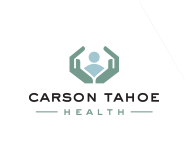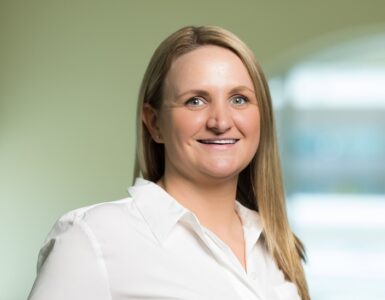
Shawn Binn, M.S. CCC-SLP
While heart disease is the No. 1 cause of death in the United States, stroke is not far behind at No. 3, and it causes more serious long-term disabilities than any other disease, according to the National Institute of Neurological disorders and stroke.
Unlike a heart attack, which occurs when blood vessels that supply blood to the heart are blocked, a stroke — sometimes called a “brain attack” — occurs when blood flow to an area in the brain is cut off and cells that are deprived the oxygen and glucose needed to survive die.
Among risk factors linked to stroke is the risk of too much alcohol use. Shawn Binn, M.S. CCC-SLP, is a speech-language pathologist for Carson Tahoe Regional Medical Center and founder of the center’s stroke support group for patients and their caregivers. “There have been quite a few studies on the relationship between alcohol and stokes,” said Binn, a Reno native who has worked with stroke patients at CTRMC since 2001.
According to the Mayo Clinic website, consuming large amounts of alcohol appears to increase the risk of dementia as well. The key words are “large amounts.” It seems that in moderation, alcohol — especially red wine — might have a protective effect. “That would be one drink a day for women and two a day for men,” Binn said.
Up to 50 percent of all strokes are preventable, but many of the risk factors can be controlled before they cause problems. They include alcohol and tobacco use, blood pressure, diabetes, high cholesterol, a high intake of sodium, lack of exercise, weight, stress and low intake of some minerals such as calcium and potassium.
Uncontrollable risk factors include age (55 and older), gender (men have more strokes, women have deadlier ones), race (African- Americans are at increased risk) and family history of stroke.
Binn noted one rather surprising factor that affects patients who have had a stroke. “Studies show that people with higher educations do better when recovering from stroke,” Binn said. “Possibly it’s because they read more, have a better understanding (of what’s happened) and they will continue to do their learning exercises.”
Binn’s learning exercises for her patients are varied. “If there are cognitive or thinking issues, they need to work on problem solving like listing the sequence of making a bed, going shopping or working,” she said. “We do logic puzzles, we read, we try to replicate their normal activities so they can return to that environment.”
Stroke also can limit a person’s ability to swallow, resulting from weakening of the tongue or loss of coordination of tongue movements. The patient also can choke or cough during or after meals, and they can suffer from chronic upper-respiratory infection. “There’s a risk of getting pneumonia because things can go down the wrong way,” Binn said. “There are throat and tongue exercises they can do and they can change the consistency of their food.”
There are two types of stroke: ischemic, which occurs in the blood vessels of the brain, and hemorrhagic, which occurs when a blood vessel in the brain breaks or ruptures.
Anyone experiencing any of the symptoms listed below should call 911 immediately — NINDS’s motto is “Stroke strikes fast. You should too.”
The most common symptoms are:
• Weakness or numbness of the face, arm or leg on one side of the body
• Loss of vision or dimming (like a curtain falling) in one or both eyes
• Loss of balance or unstable walking, usually combined with other symptoms
• Sudden, severe headache with no known cause
• Loss of speech, difficulty talking or understanding what others are saying
“One of the most misunderstood things about stroke is when it causes the patient to have difficulty talking — they can’t remember words or read and understand what they just read or they don’t remember how to write — so people assume that the patient is not intelligent any more, but they are as smart as they ever were, they just can’t express it the same,” Binn said. “They still have memory and knowledge and no way to share it, but, luckily, we can work on a lot of therapy strategies to give them back some of that expression.”
As reported by Zoe Rose of the Reno Gazette-Journal 12/14/10







